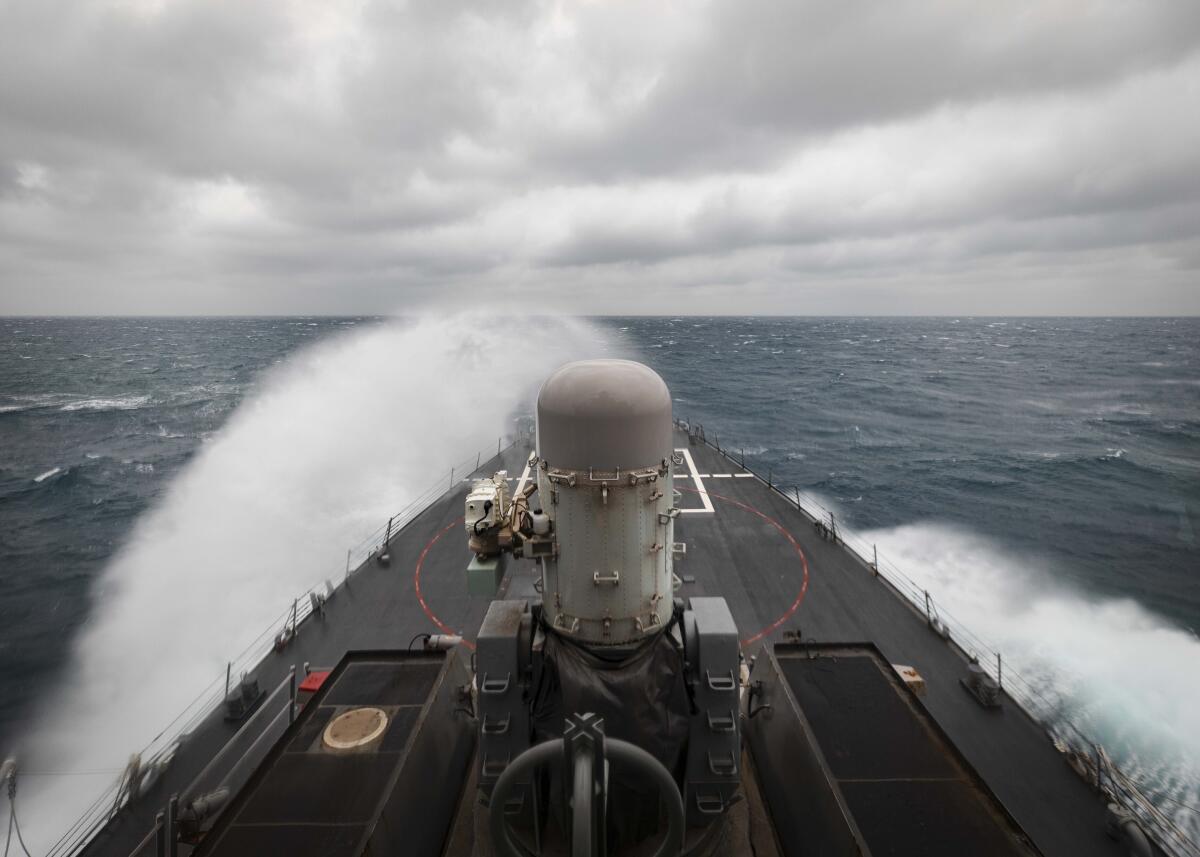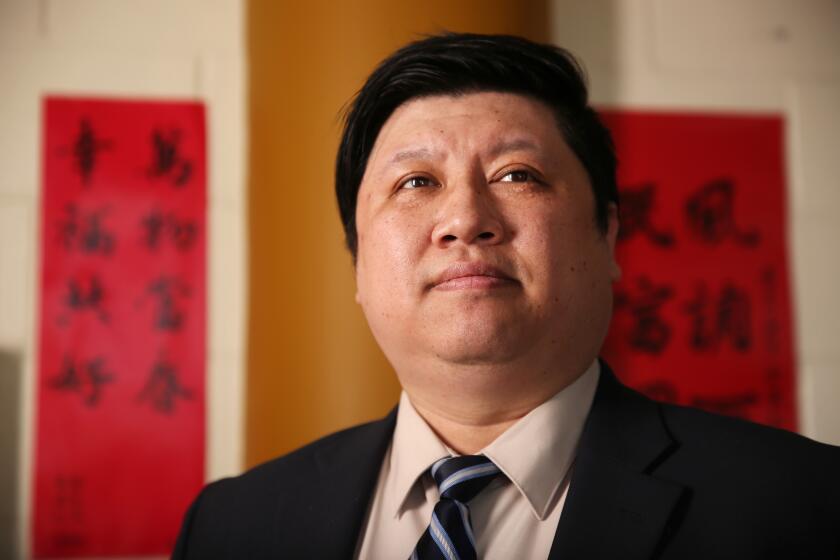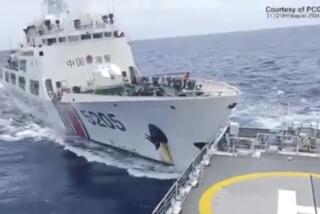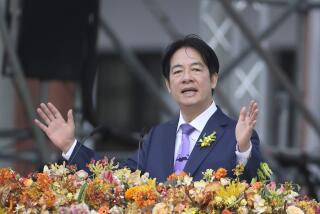China accuses U.S. Navy of provocative show of force in Taiwan Strait

BEIJING — China accused the U.S. of staging a show of force by sailing two Navy warships through the Taiwan Strait on Thursday morning.
The Navy said the Arleigh Burke-class guided-missile destroyers USS John S. McCain and USS Curtis Wilbur “conducted a routine Taiwan Strait transit” in accordance with international law.
Their movement “demonstrates the U.S. commitment to a free and open Indo-Pacific,” the Navy said in a statement on its website.
But China’s Defense Ministry called the move a “show of force” and a provocation that “sent the wrong signal to the ‘Taiwan independence forces’ and seriously endangered peace and stability in the Taiwan Strait area.”
“We firmly oppose this,” the ministry said in a statement on its official microblog, adding that it monitored the ships’ passage from the air and sea. “The Chinese People’s Liberation Army at all times maintains a high level of alert and can respond at any time to any threat or provocation and resolutely defend national sovereignty and territorial integrity.”
While China claims self-ruled Taiwan as its own territory, the busy Taiwan Strait is generally considered an international waterway.
Among Southern Californians with roots in Taiwan, there is strong support for President Trump. Some are single-issue voters who value their homeland’s interests above domestic issues.
China fiercely opposes any signal of U.S. military support for Taiwan, which relies on Washington for defensive weapons and political backing in the face of Chinese threats to annex the island by force.
The Trump administration has cultivated closer ties with Taiwan. In August, Health and Human Services Secretary Alex Azar became the highest-ranking U.S. official to visit the island since the U.S. switched diplomatic recognition from Taipei to Beijing more than 40 years ago under President Nixon.
Taiwan’s Defense Ministry issued a statement saying that it had observed the ships’ passage and that “the situation is normal.”
More to Read
Sign up for Essential California
The most important California stories and recommendations in your inbox every morning.
You may occasionally receive promotional content from the Los Angeles Times.











